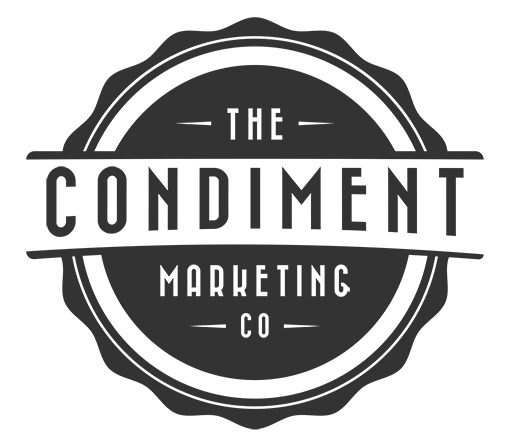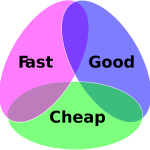What does your business do better than everyone else? What makes your product special? Understanding what makes your brand different in your niche market is key to knowing how to position your brand. Still not sure what a brand is and why it matters for your food business…read this article from The Condiment Marketing Co..
Still not sure what a brand is and why it matters for your food business…read this article from The Condiment Marketing Co..
First, get familiar with your competition.
You’re not the only one who makes a mean chocolate chip cookie (or jam, hummus, hot sauce, etc.). Before you can start thinking about your branding, you need to know who else is out there.
Second, identify how your product is positioned in the industry.
Start to identify your product position by selecting applicable terms from the following list.
- Ethnic
- Local
- Made with natural ingredients
- Organic
- Gluten-free
- Dairy-free
- Vegan
- Low FODMAP
- Family recipe
- Socially responsible (e.g., portion of profits go to charity, you employ people with special needs, etc.)
- Environmentally responsible
- Convenient (e.g., quick prep, farm to skillet)
- Non-GMO
- Low sugar/sugar-free
- Low-sodium
- Allergen free
- Nutritious
- Comfort food
- An occasional treat
- A pantry staple
- Small batch
- Artisan
- Gift
- Novelty
- Souvenir
- Exclusive
- New
- Established
- Trusted
Third, make a list of what makes your product and/or business unique.
There are a lot of gluten-free cookies, but not many made with raindrops and kitten kisses. It’s important you come up with your own set of differentiators. This will come in handy when you create messaging later.
Don’t know what makes you unique? Check out this list on The Condiment Marketing Co. blog.
Fourth, solve a problem for the consumer.
Your Aunt Beverly might rave about your Raindrop and Kitten Kiss Cookies, but that doesn’t mean other people will want to buy them. It’s important to fill a need you know exists or create the need. For example, “I want an organic cookie, but don’t have time to make my own” or “I feel bad about not donating money to charity, so I’ll buy this tomato sauce since proceeds go to a good cause.”
Fifth, draw a circle around your target customer.
Who are the customers that value your product? There is probably more than one demographic for your product, but getting specific can help you narrow your focus and enhance your brand message. Target your prospective audience
- Where do they live? (in a particular state, climate, etc.)
- What is their age, gender, family size, income, occupation, level of education, religion, race, and nationality?
- What are their attitudes, lifestyles, personal values, social class, interests, and activities?
- Where do they hang out online? Instagram, Pinterest, LinkedIn, Reddit?
It’s likely your target customer will have a similar set of values as you. You’re likely making gluten-free cookies because it fills a need for yourself or someone in your family. You can also look at the people who already buy your product. Who are they and what do they seem to value in your product? Some of this might feel like guess work, and you might be surprised down the road to see some of the people who do end up buying your product. Your target audience is a mix of what your business values, the customer you aspire to have, and the customers you do have.
Now, get out that polish.
Ultimately, your cookie should be THE cookie that comes to mind when your target customer is craving chocolate chip cookies. After you’ve worked through these steps, you’ll apply the ideas to the visible pieces of your brand next so that it is shiny, noticeable, and memorable.
What makes your specialty food product different?
Image credit: ericksonresearch.com




